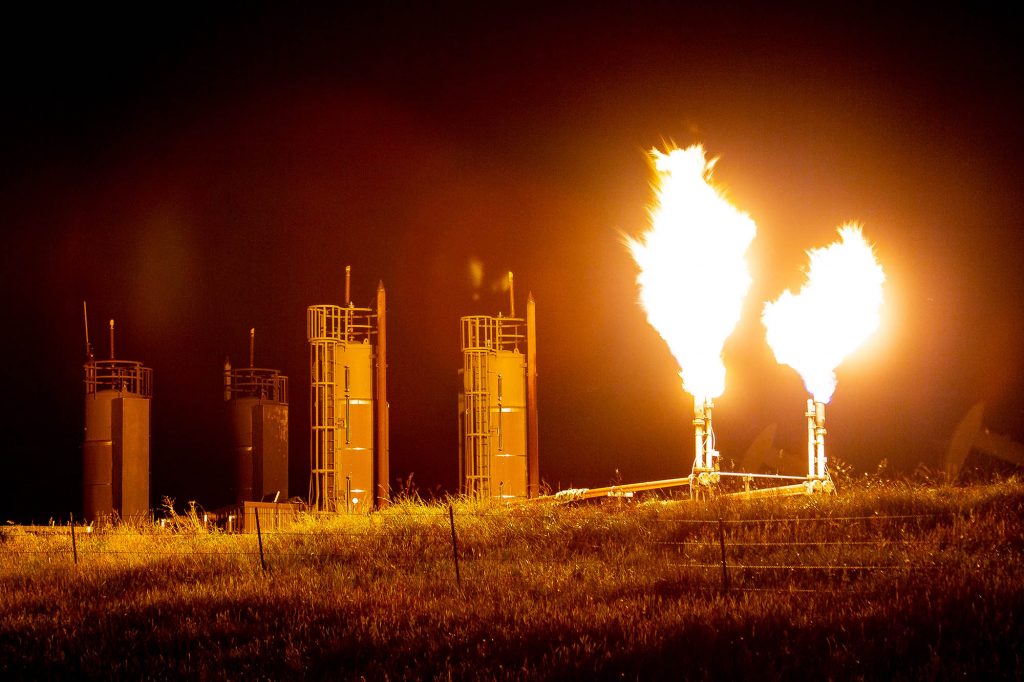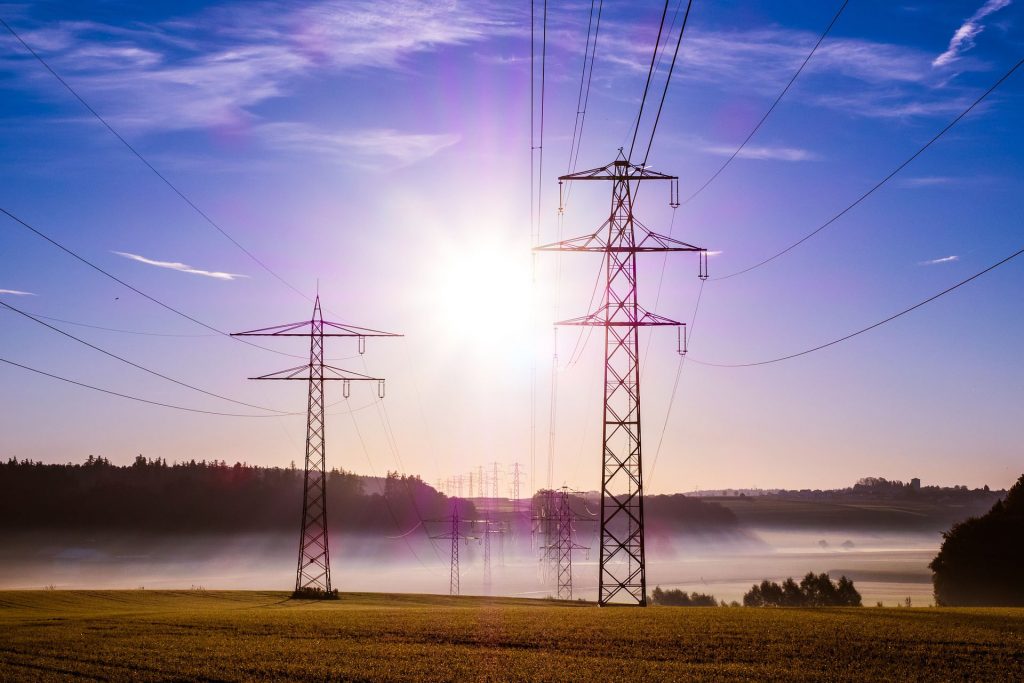After years of grassroots organizing in Colorado, one of the dirtiest and most costly electricity generators in the U.S. agrees to reduce emissions by 80%.
This article was adapted from Western Colorado Alliance’s Clarion newsletter.
Lazard Ltd. is the world’s largest independent investment bank. When it speaks, markets and policymakers listen. First formed in 1848, the bank today commands the heights of global asset management and investment, with offices in 40 countries and the most coveted real estate in the imagination of American capitalism – the top floors of 30 Rockefeller Plaza in New York.
Lazard’s analytical juggernaut saw the seismic shift in clean energy technologies coming. For the last 14 years, the bank has published some of the deepest analytical numbers crunching on energy costs in the world. Last October, it dropped a bombshell 2020 report.
The 2020 Levelized Cost of Energy Analysis (LCOE 14.0) reveals the raw cost of energy sources scrubbed bare of the tangled web of American energy subsidies so often weaponized in our political discourse. New wind and solar projects beat all-new gas, coal, and nuclear projects on pure cost. In fossil fuels, existing combined-cycle natural gas plants are one-third cheaper (and a good bit cleaner) than existing coal. The leading edge of newly-built wind and solar projects come in cheaper than maintaining existing natural gas and coal facilities. Utility-scale solar continues to plummet in price, with a 9% fall in 2020. Onshore wind shows signs of cost curve maturity, falling to a 2% cost decrease in 2020. Offshore wind in the US—yes, wind power in the ocean—is just getting started.
Cheaper renewables won’t dethrone the on-demand capacity of fossil fuels without affordable grid-scale battery storage, of course. Lazard finds storage technologies still early on their commercialization cost curve, with the 2020 average costs of lithium-ion short term battery storage (1-4 hours) and solar plus storage projects down roughly 20% for the year. The average cost of short term lithium-ion storage, at $150/MWh, now ties with the lowest cost of the existing gas peaking facilities that providers activate to meet peak demand. The battery revolution has arrived.
…and Tri-State Is Catching Up
Tri-State Generation & Transmission is rural Colorado’s dominant energy supplier, providing power under decades-long contracts to most of their rural electric associations. Until last year, Tri-State’s coal-heavy portfolio had the distinction of being both one of the costliest and dirtiest in the country, trailing other suppliers’ adoption of cheaper, cleaner new energy technologies by a decade.
Years of grassroots citizen organizing—with WCA members from Gunnison to Montrose, Telluride to Cortez on the frontlines—won historic change this November, when Tri-State announced a goal to reduce emissions 80% by 2030. The first steps of this plan will come through the retirement of 1GW of costlier coal generation and the addition of roughly 1GW of new wind and solar in Western Colorado over this decade.
Never miss an opportunity to make the west even better: receive our action alerts.
Tri-State also announced that it will join the Southwest Power Pool and Western Interconnection, allowing it to sell, purchase, and trade wholesale power over the wires with other massive regional suppliers. This landmark announcement is a vital component of a future renewables-dominant regional grid, enabling supply reliability when the sun is shining or wind is blowing in one location but nonproducing in another.
Thanks to 2019 state legislation that WCA members worked on, Tri-State will spend 2021 completing an Electric Resource Plan with the Colorado Public Utilities Commission that spells out the steps it needs to take to reduce climate pollution 80% by 2030. WCA will continue to engage in that process.
Putting a Clean Energy Future to Work
Tri-State’s historic announcement signals a cleaner energy future for Colorado consumers while leaving key questions unanswered: Will member rural electric co-ops be consulted in where new clean energy generation and jobs are located? Will co-ops gain the ability to build cost-saving local battery storage or expand their existing community solar gardens, both important sources of grid resiliency? Lastly, how will Tri-State work with members to integrate this supply transition with the coming seismic demand shift to electric vehicles and building heating and cooling electrification?
WCA members and rural Colorado have much to celebrate in this announcement, and the organization will continue to lead on dialogue and solutions on the journey to come.
Learn more:
Co-Op Members Lead the Fight for Rural Clean Energy
The Battle for Clean Energy in Colorado Falls on Rural Power Co-Ops
Winning a Clean Energy Recovery in the West

Yes, I want to help WORC elevate western voices and hold decision-makers accountable!





